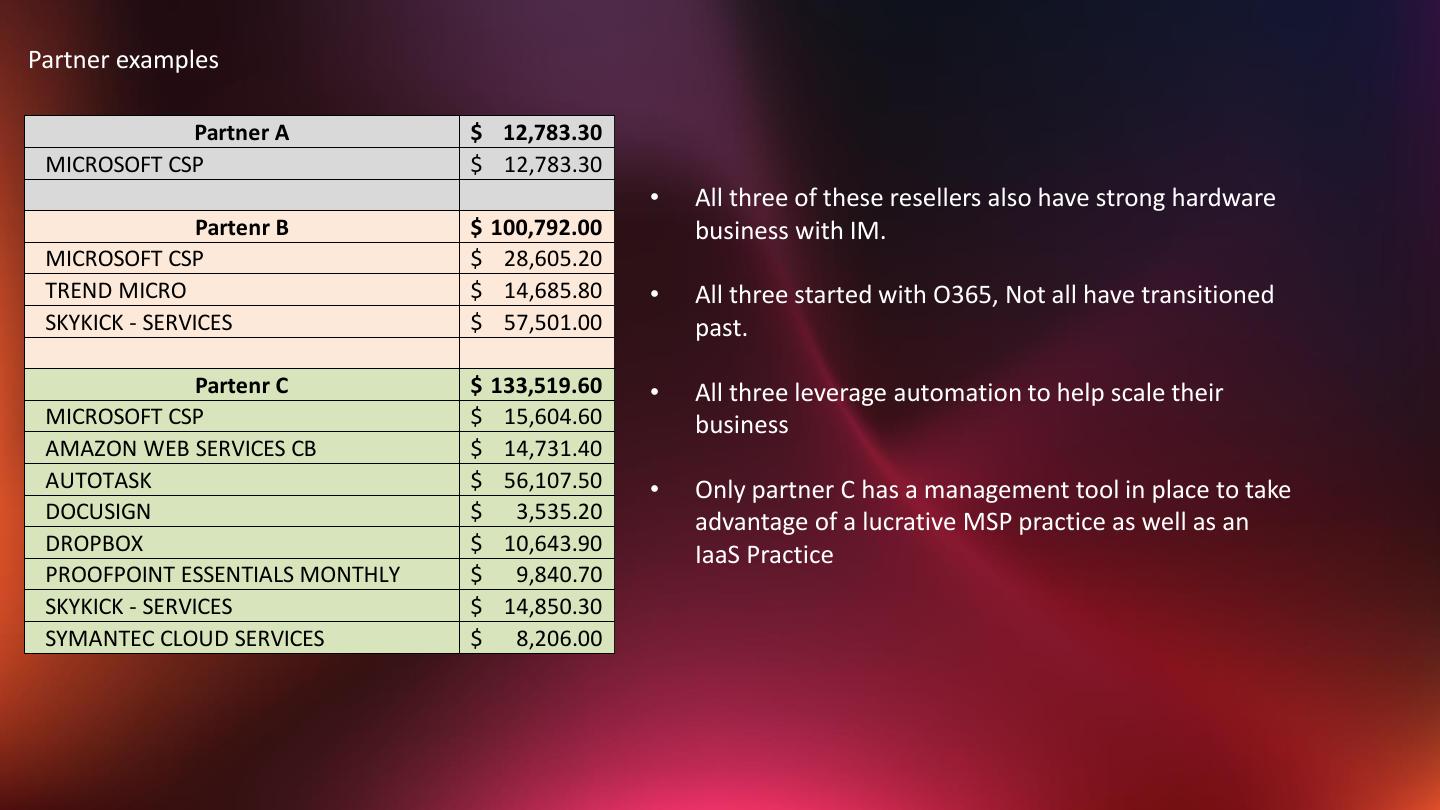Mastering the Art of Calculating Interest Only Payments on a Loan: A Comprehensive Guide
#### Understanding Interest Only PaymentsInterest only payments on a loan refer to a repayment structure where the borrower pays only the interest on the pr……
#### Understanding Interest Only Payments
Interest only payments on a loan refer to a repayment structure where the borrower pays only the interest on the principal balance for a specified period, typically at the beginning of the loan term. This means that the principal amount remains unchanged during this period, which can be beneficial for borrowers looking to manage cash flow or invest their capital elsewhere. However, it’s crucial to understand the implications of this payment structure, as it can significantly affect the total cost of the loan over time.
#### Why Choose Interest Only Payments?
There are several reasons why borrowers may opt for interest only payments on a loan. One of the primary advantages is the lower initial monthly payment, which can provide financial flexibility. This is particularly appealing for individuals who may have fluctuating incomes or those who are investing in other ventures. Additionally, for real estate investors, this payment structure can enhance cash flow, allowing them to reinvest in properties or cover other expenses.
#### How to Calculate Interest Only Payments
Calculating interest only payments on a loan involves a straightforward formula. The basic calculation is:

\[ \text{Interest Payment} = \text{Loan Amount} \times \text{Interest Rate} \]
For example, if you have a loan amount of $200,000 with an interest rate of 4%, your monthly interest payment would be calculated as follows:
1. Convert the annual interest rate to a monthly rate:
\( 4\% \div 12 = 0.333\% \) or \( 0.00333 \) as a decimal.
2. Multiply the loan amount by the monthly interest rate:

\( 200,000 \times 0.00333 = 666.67 \)
Thus, your monthly interest only payment would be approximately $666.67.
#### Advantages and Disadvantages of Interest Only Payments
While interest only payments can offer benefits, they also come with risks. On the positive side, they allow for lower initial payments and can provide flexibility in financial planning. However, the downside is that once the interest-only period ends, the borrower will need to start paying down the principal, often resulting in significantly higher monthly payments. Additionally, if property values decline, borrowers may find themselves owing more than their property is worth.
#### When to Consider Interest Only Loans

Interest only loans can be suitable for certain situations. They are often favored by investors who anticipate property appreciation or those who expect their income to increase in the future. However, they may not be ideal for first-time homebuyers or those who prefer predictable monthly payments. It’s essential to assess your financial situation and long-term goals before choosing this type of loan.
#### Conclusion
Calculating interest only payments on a loan can be a valuable skill for borrowers seeking to manage their finances effectively. By understanding how these payments work, their advantages and disadvantages, and when to consider them, you can make informed decisions that align with your financial goals. Always consult with a financial advisor or loan officer to ensure you choose the best loan structure for your individual circumstances.